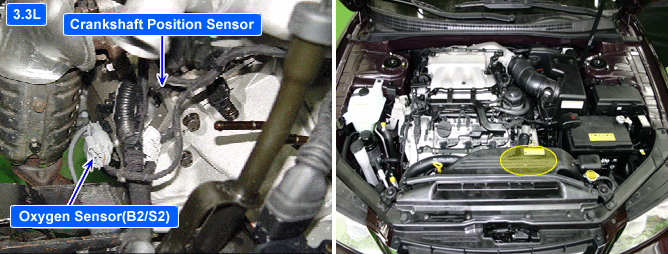

It is impossible to forge or machine a perfectly proportioned crankshaft wheel. Therefore, each crankshaft wheel produced will have minor variations in the spacing and/or width of its gear teeth. These variations (tooth error), if not compensated for, can cause false misfire detection.
The Tooth Error Correction (TEC) Learn Algorithm determines engine-specific variation in crankshaft position sensing. Once TEC is learned, compensation factors are then calculated and used by the Misfire Diagnostic algorithm to improve the accuracy of engine positiondeterminations.Tooth error correction factors are normally learned only once during the life of a vehicle. However, if a vehicle controller, engine crankshaft, target wheel, or crank sensor is replaced or serviced, tooth error correction factors must be re-learned. This can be performed in a service environment with serial data commands.
Checking tooth error correction under detecting condition, if the TEC is out of Threshold value, PCM sets P0315.
Item | Detecting Condition | Possible cause |
DTC Strategy | ● This DTC indicates that crankwheel tooth error has not been learned. | ● CKPS ● Target wheel ● PCM |
Enable Conditions | ● 12 ≤ Ignition Voltage ≤16(V) ● 10 ≤ Engine load< 90(%) ● 1500 ≤ engine speed ≤ 4000(rpm) ● Vehicle speed < 5kph (3.106856 mph) ● Tec RPM stability timer >10sec ● 0°C(32°F) < Coolant temp < 110°C(230°F) ● Not active disabling faults ● Not key on disabling faults | |
Threshold Value | ● Distance driven without learning tooth error ≥ 4000km(2485.484769 mile) or ● Maximum allowed number of tooth error correction samples taken in the On The Road(OTR)learning mode< 250 or ● Sum of tooth error factors variation outside calibratable range ≥ 250 | |
Diagnosis Time | ● Continuous | |
MIL On Condition | ● 1 driving cycle |